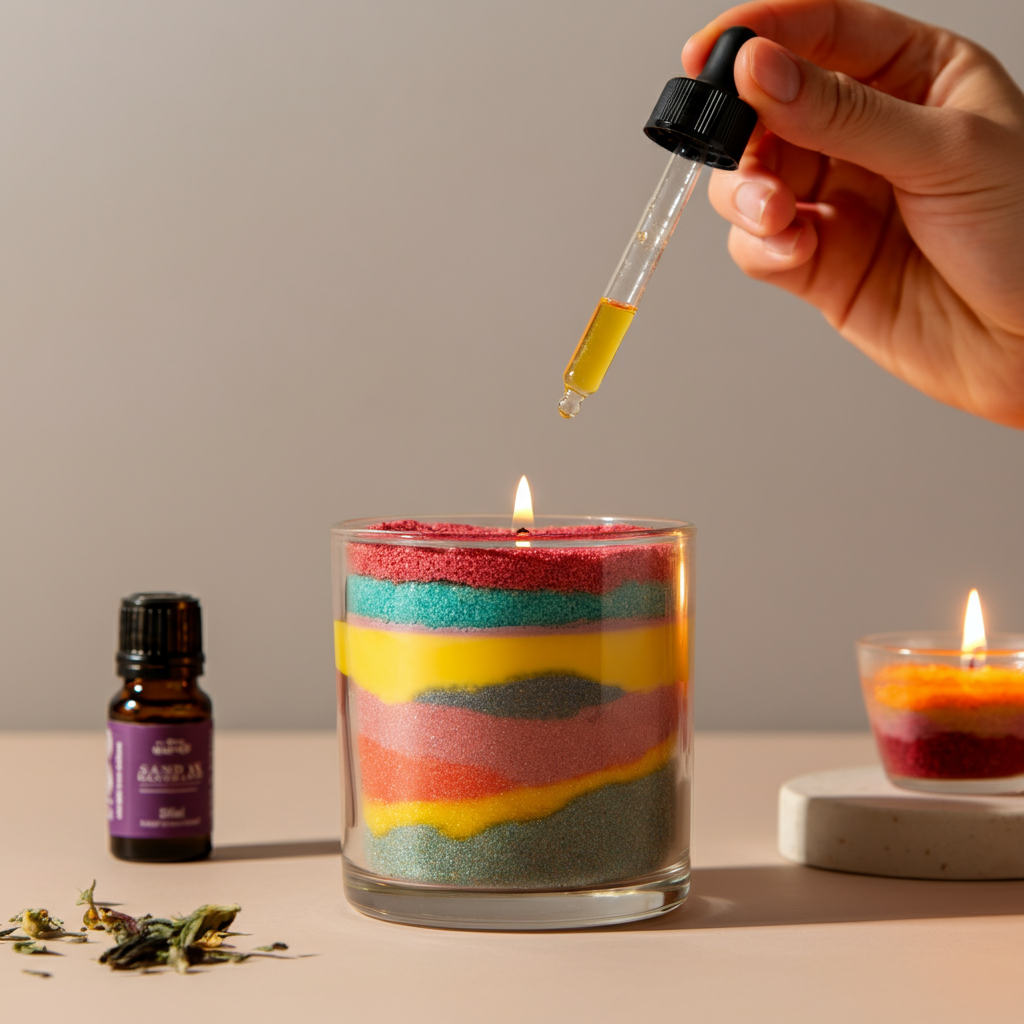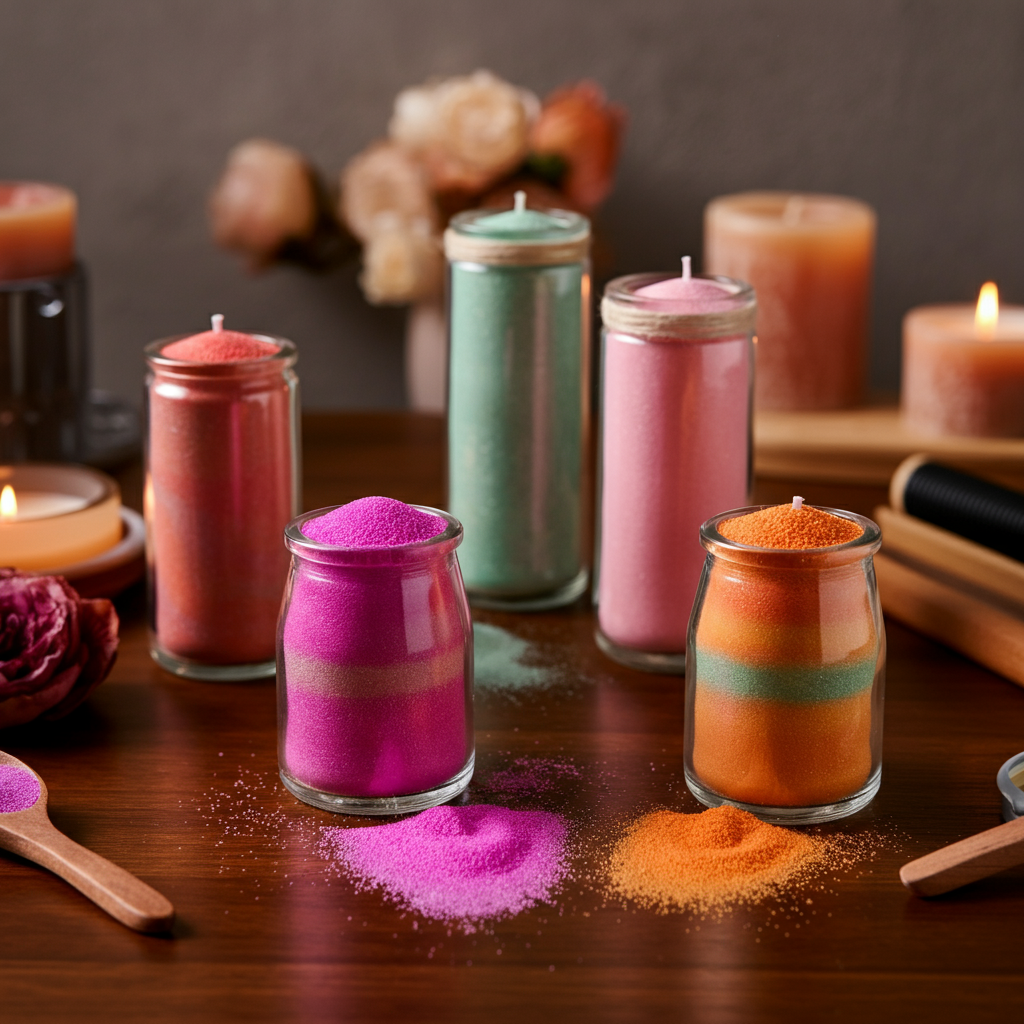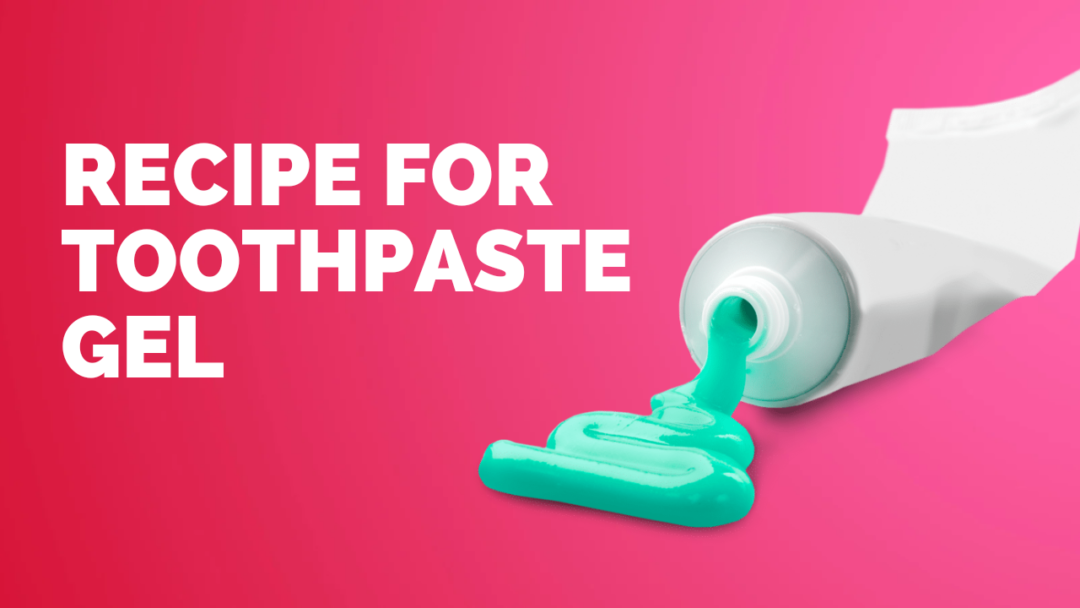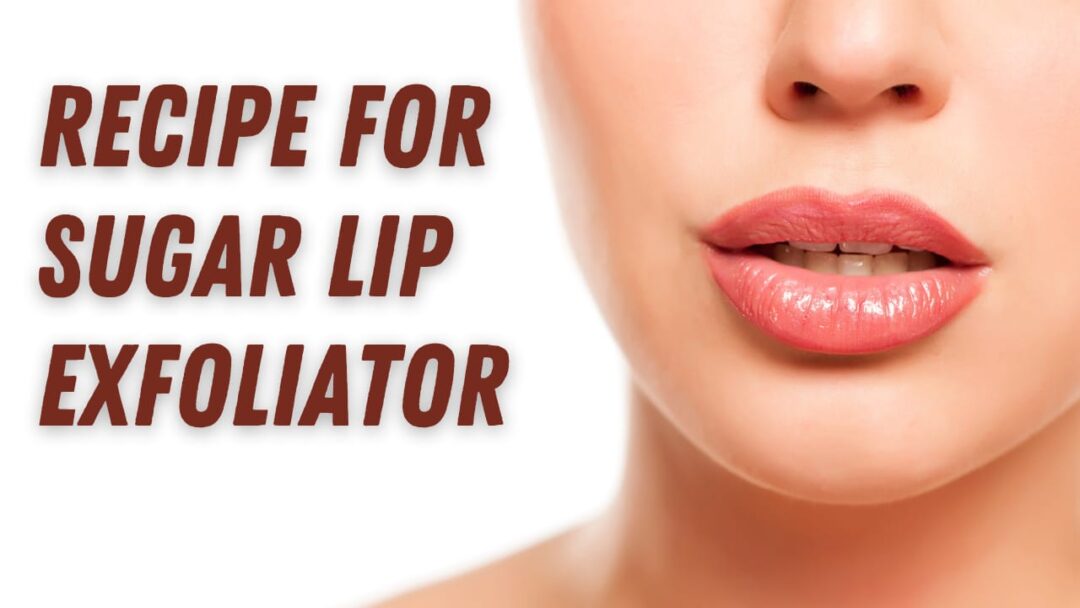Tired of searching for your signature scent? Trying to know how to make perfume? Probably you would have asked yourself, how do you begin, what are the practical steps involved, what are the mistakes to avoid, and many more questions?
Curious to find how to make perfume and smell differently across the room? If you are, then let us get started with steps to make perfume.
Table of Contents
Perfume materials to be used:
The first and the critical step in the process of making your perfume is to gather all the raw materials required to make your personalised scent. These materials include-
1. Essential oil:
A perfume is a mixture of mainly essential oils in a base oil, together with alcohol and water. One of the most crucial steps to consider while applying perfume is base notes. They determine how great you will smell and how long does it stay. The essential oil we use in the process of making our fragrance form the base, top, bridge, and middle notes. Therefore, it is essential to know about the base notes as they last the longest on the skin, while the top notes are most volatile, and the bridge notes have standard evaporation rates.
Howsoever, the way your perfume smell changes as you wear it regularly. This is because the essential oils have different evaporation rates.
Besides, different substances are added to perfume such as sea salt (ocean scent), black pepper (spicy), camphor, and vetiver.
Some common essential oils, according to base notes, are listed below:
Base notes essential oil:
Cedar wood, cinnamon, patchouli, Sandalwood, vanilla, moss, lichen, fern.
Middle notes essential oil:
Clove, geranium, lemongrass, neroli, nutmeg, ylang.
Top notes essential oil:
Bergamot, jasmine, lavender, lemon, lime, neroli, orchid, rose.
Bridge notes essential oil:
Vanilla, lavender.
2. Alcohol:

The ingredients to be used in perfume formulation are made safe to be used on human skin through dilution. Alcohol is used for 85% dilution of the ingredients. The more the percentage of alcohol, the better is the perfume. Alcohol blends stabilise and preserve the ingredients.
It also increases the dispersion of perfume. Therefore, if someone applies the scent by walking through the mist cloud, it stays there. However, perfumes diluted in oils have low dispersion. Vodka or Ever clear can be used as ingredients in the scent formulation.
3. Distilled or spring water:
Water is used for dilution of perfume. Up to 15% dilution is done by adding water in the formulation. The use of water generally increases the persistence of odours on the skin. The more the water, the more scent reaches the nose while alcohol holds it back. When alcohol is used in the formulation, it causes some by-products to form, and thus to dry it up, water is used.
4. Glycerine:
The question is, why should we add glycerine to our perfume? Why are people adding it when it is not necessary? Glycerine can be used as a moisturiser, which helps in enhancing the fragrance and holds the scent for long.
Apart from the ingredients required for your perfume, the procedure you follow to mix them will affect the scent. Apart from these, you need pretty glass bottles to put the finished product in, preferably coloured glass, reuse bottles, glass jar for mixing fragrance in measuring cup/spoons, aluminium foil, a dropper funnel, or wrapping paper if you are making use of a pencil, clear glass bottles and paper for writing down your recipe; a discerning nose is helpful.
Amount of Ingredients used:
1. 1/2 ounce sweet almond oil
2. 2-1/2 ounce alcohol
3. 2 tablespoons distilled water
4. 25 drops of essential oils
5. 7 drops base note essential oils
6. 7 drops middle note essential oils
7. 6-7 drops top note essential oils
8. A couple of drops of bridge notes.
Steps to prepare your scent
Preparing perfume requires a lot of self-love and a discerning nose. You must follow these steps to give your personality a signature scent. It is crucial to follow the exact procedure to avoid making allergic perfume.
Step 1
This step deals with forming the base notes. Start by adding sweet almond oil to the mixing glass container.
Step 2
In this, three essential oils are to be selected. One is the base note, another is the middle note, and the last one is a high note. These must be from the same fragrance families or at least complementary fragrance families.
For example, a combination of fragrances from woodsy family, i.e., Sandalwood, rosewood, and lemongrass.
Step 3
Stir well using a glass stirring rod after adding one drop of low note essential oil to base.
Step 4
After adding two drops of complimentary middle note to the essential oil stir well the mixture.
Step 5
Then add three drops of complimentary high note essential oil, blend, and stir well.
Step 6
Now check the strength of the blend by merely smelling to note whether it is desired one or not.
Step 7
Keep repeating the steps from 3 to 6 maximum up to 25 drops to get the desired strength of your scent.
Step 8
Now it is time to add glycerine in your blended perfume.
Step 9
Now it is time to pour the blend carefully into the one-ounce airtight amber glass bottle. The next thing is to screw and shake it well.
Step 10
Keep your perfume in a cold and dark place for a few days. Just shake a bit before using it daily. To allow the oils to bind correctly, do not open the container.
Tips for making your perfect scent.
1. Get familiar with some different categories of essential oil pre-formulation of perfume. So that it can help you to select your complimentary scent.
2. Use essential oils of the same fragrance or those, which blend perfectly so that your scent’s base, middle and top notes complement each other.
3. It’s essential always to make a note of your recipes. So that if duplication is needed in the future, you can use it easily.
Different essential oils have different properties. Either some can be strong or weak. Therefore, you must use a discerning nose to decide the combination of essential oils that can be the best for your scent.
Warning and precautions
1. Before using the essential oils and glycerine, used a skin patch test. This will help to identify any kind of allergic reactions by them.
Skin patch tests can be performed by applying glycerine and essential oil to your underarm. However, if redness, burning, itching, or irritation occurs over 48 hours, please avoid using it.
2. Always use a diluted essential oil on the skin. The recommended dilution percentage is 50%. However, if you use it on bare skin, it can cause inflammation.
3. Your scent must be kept in a room with an excellent cool place away from direct sunlight. Exposure to direct sunlight makes it prone to lose its scent. Perfumes with colourful bottles are less likely to lose their scent in daylight, so choose accordingly. They find themselves safer in the closet or a living room rather than the bathroom.
4. Keep the bottle safe from children’s reach and medicines.
5. Applying on rough skin: – It is advised to apply on a moisturised skin rather than applying it on rough and dry skin. This increases the chances of locking the perfume on your body and stay longer. Lotion or body oil is best to use; however, petroleum jelly may also work. The motive is to hit those pulse points so that perfume remains more effective.
Conclusion
Making your scent is a skilful process. However, it will be worth it, as it will give you your signature perfume. The advantage of making your personalised perfume is that it is free of synthetic chemicals. It is entirely natural and customised according to your fragrance. Besides, don’t you agree that when you create something on your own hands, it has a little piece of you in it?
These are the ways how to make perfume .If you have any other tips or process to make one,please let us know in the comment box.Watch the space for more tips and reviews about perfumes.





